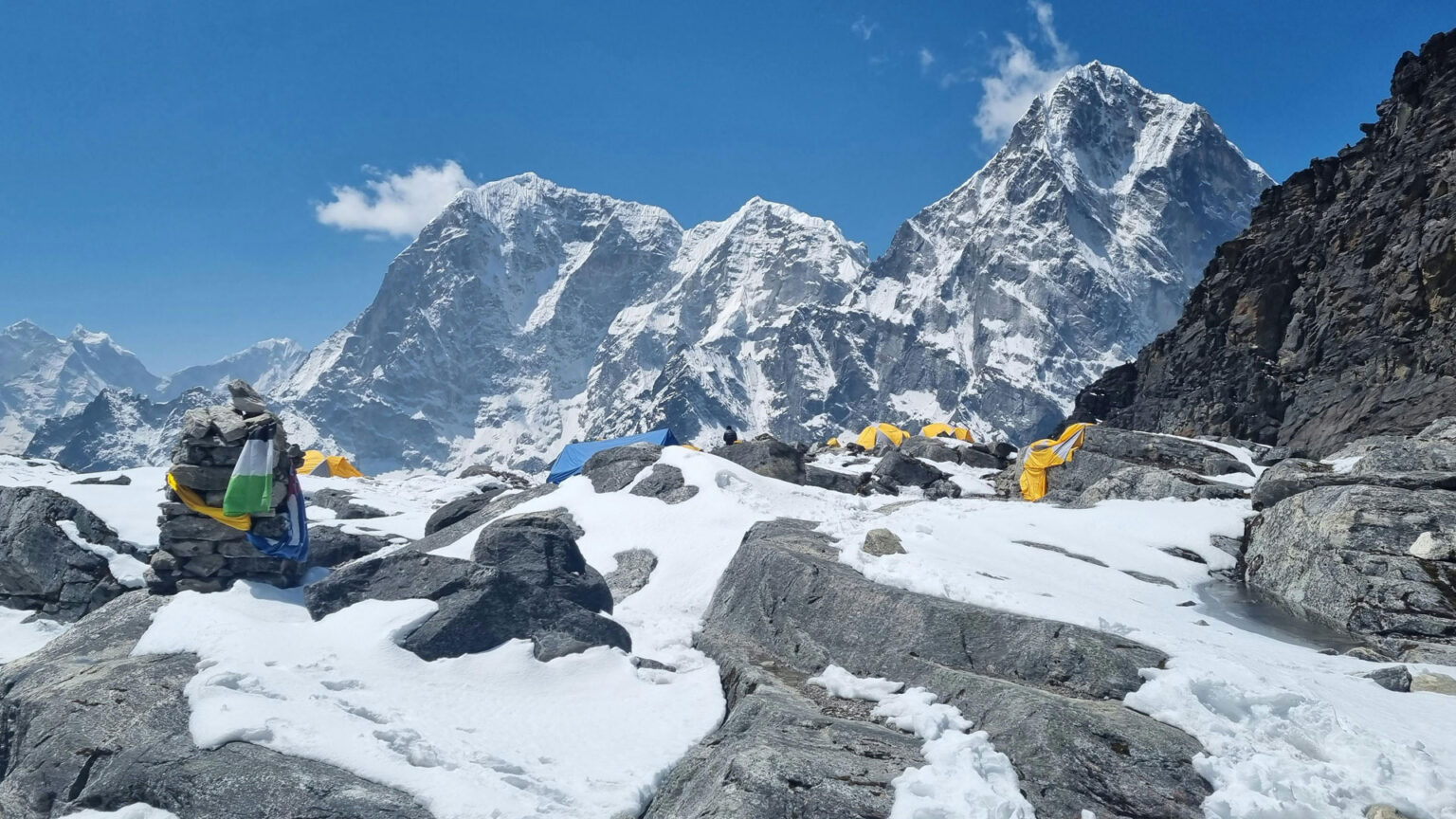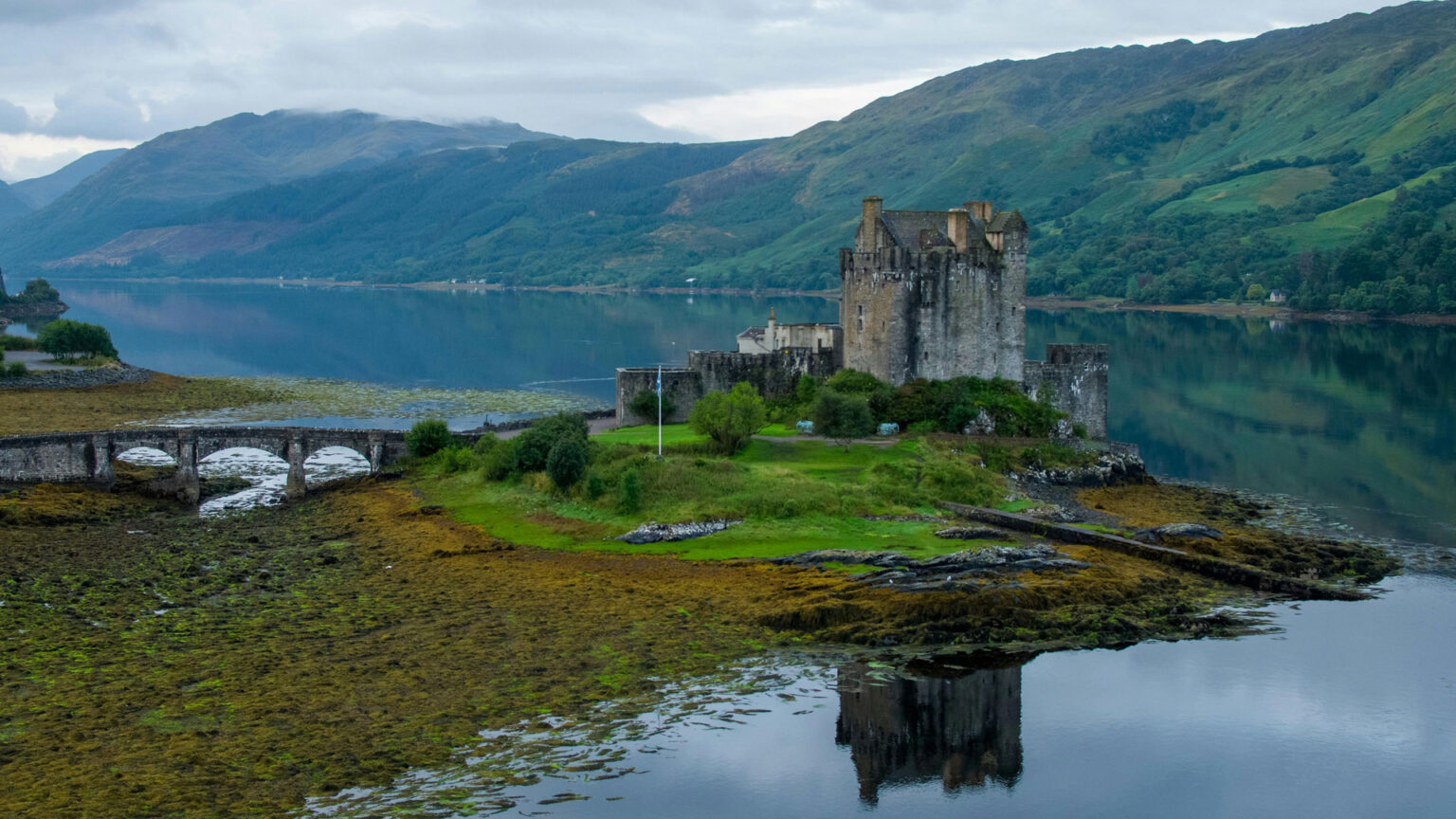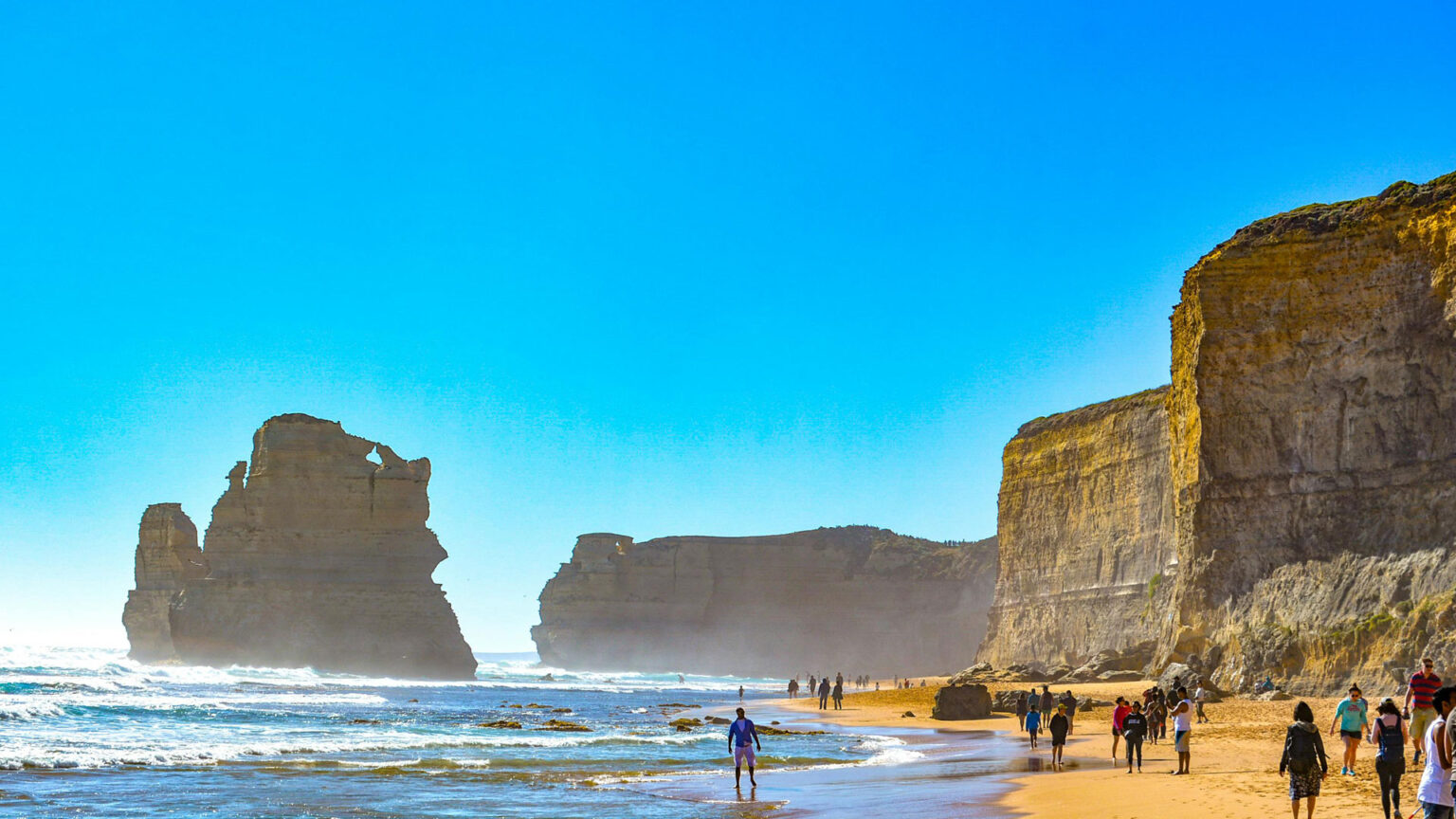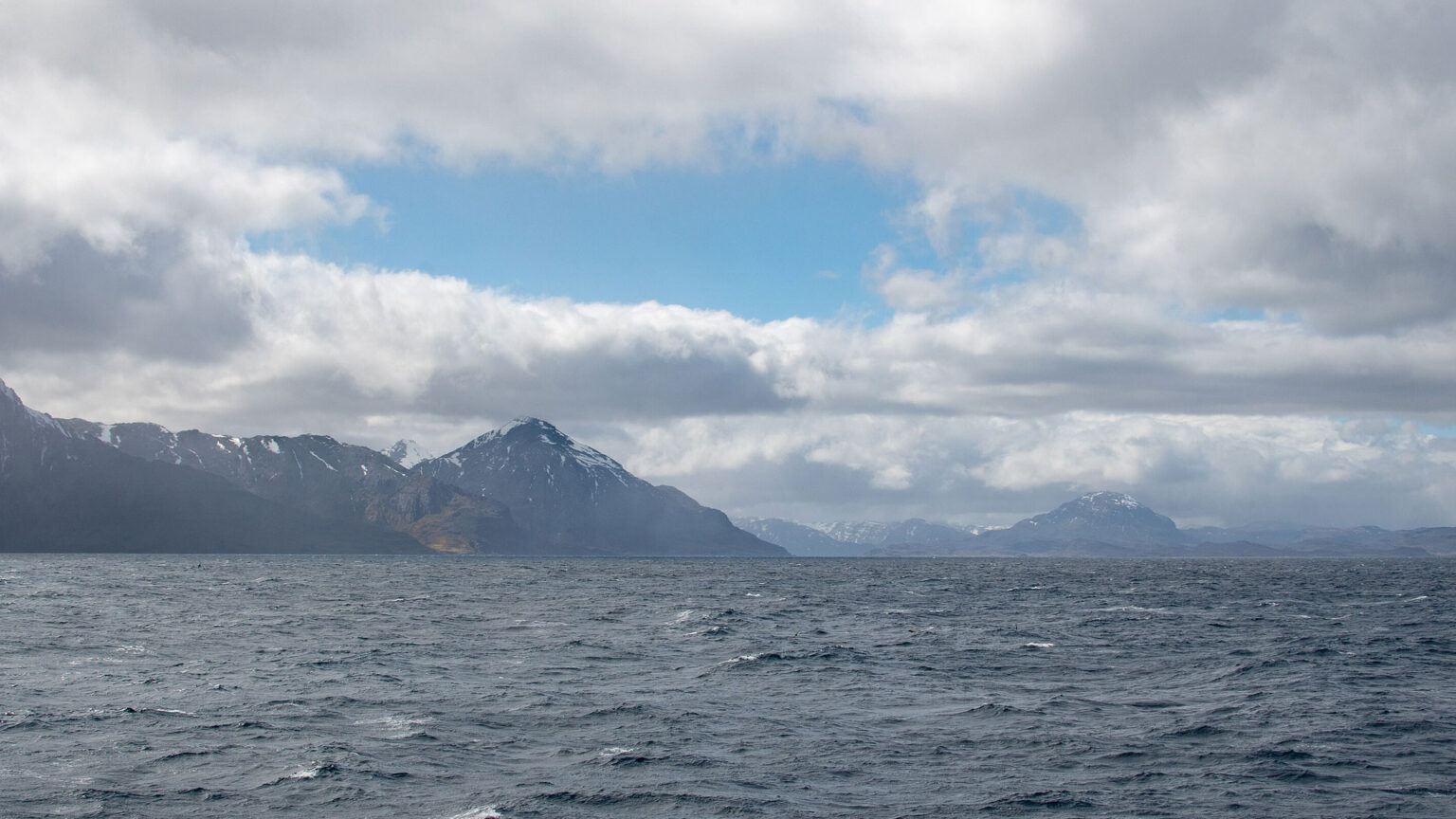Trekking to Everest Base Camp: Thin Air and Treacherous Trails
Embarking on the iconic Everest Base Camp trek is a thrilling adventure that promises breathtaking vistas, cultural immersion, and personal growth. Located in the majestic Himalayas, Everest Base Camp is a coveted destination for trekkers worldwide, attracting thousands of enthusiasts each year. The trek’s sheer magnitude, stunning landscapes, and sense of accomplishment make it an unparalleled experience. Nestled in the Solu-Khumbu region of Nepal, the Everest Base Camp trek offers a unique blend of natural beauty, cultural richness, and adventure.

The Everest Base Camp trek is a challenging 12-day journey, spanning 70 kilometers, with elevations ranging from 2,860 meters in Lukla to 5,364 meters at Kala Patthar. This trek offers:
- Breathtaking vistas of the world’s highest mountain, Mount Everest (8,848 meters)
- Stunning views of surrounding peaks, including Lhotse, Nuptse, and Ama Dablam
- Immersive cultural experiences in traditional Sherpa villages, such as Namche Bazaar and Tengboche
- Opportunities to witness rare Himalayan flora and fauna, including rhododendron forests and snow leopards
- Insight into the region’s rich history, including the iconic Everest expeditions
However, the trek’s thin air, treacherous trails, and unpredictable weather conditions can pose significant risks. Altitude sickness, steep drop-offs, and crevasses are just a few hazards that trekkers must be prepared for. Moreover, the trek’s remote location and limited access to medical facilities make it crucial for trekkers to be self-sufficient and well-prepared.
To ensure a safe and successful journey, it’s essential to:
- Research thoroughly and understand the trek’s challenges
- Develop a comprehensive itinerary and contingency plan
- Invest in high-quality gear and equipment
- Build physical endurance and mental resilience
- Hire experienced guides or join a reputable trekking group
Additionally, trekkers should be aware of:
- Environmental concerns, such as waste management and sustainable tourism
- Cultural sensitivities, including respect for local traditions and customs
- Health considerations, including vaccination requirements and altitude sickness prevention
This article aims to provide comprehensive guidance and insights for trekkers attempting the Everest Base Camp trek. We will cover essential topics such as:
- Pre-trek preparation and planning
- Trekking routes and trail conditions
- Challenges and risks associated with high-altitude trekking
- Acclimatization techniques and safety protocols
- Logistics, accommodation, and cultural considerations
By understanding the challenges and opportunities associated with the Everest Base Camp trek, you’ll be better equipped to tackle this incredible adventure.
Pre-Trek Preparation
Before embarking on the Everest Base Camp trek, thorough preparation is crucial for a safe and successful journey. This section outlines the essential steps to ensure you’re well-prepared for the challenges ahead.
Physical Conditioning and Training
The Everest Base Camp trek demands a good level of physical fitness. Trekkers should engage in regular cardiovascular exercises, strength training, and flexibility exercises to build endurance. Aim for:
- 5-6 hours of moderate exercise per week (e.g., hiking, running, cycling)
- 1-2 rest days per week for recovery
- Gradual increase in exercise intensity and duration over 3-6 months
Incorporate strength training to build:
- Leg muscles (squats, lunges, leg press)
- Core muscles (planks, sit-ups, Russian twists)
- Upper body strength (push-ups, pull-ups, dumbbell rows)
Practice hiking with a loaded backpack (10-15 kg) to simulate trekking conditions. Acclimatize to high altitudes, if possible, by:
- Hiking at lower elevations (2,000-3,000 meters)
- Gradually increasing altitude exposure
Consult a fitness professional or doctor for personalized advice.
Essential Gear and Equipment
Pack essential gear to ensure comfort, safety, and success:
- Sturdy hiking boots with good tread and ankle support
- Waterproof jacket and pants with breathable membranes (Gore-Tex, similar)
- Insulated sleeping bag (-20°C) with comfortable temperature rating
- Crampons and ice axe (depending on weather conditions)
- First aid kit with basic medical supplies (bandages, antiseptic wipes, pain relievers)
- Headlamp and spare batteries
- Water purification tablets or filter
Consider renting gear in Kathmandu or Lukla, or investing in high-quality, durable equipment.
Permits and Documentation Requirements
Obtain necessary permits and documents:
- Everest Base Camp trekking permit (TIMS card)
- Sagarmatha National Park permit
- Passport with at least 6 months’ validity
- Travel insurance covering emergency evacuation (helicopter rescue)
- Nepalese visa (available upon arrival or online)
Register with:
- Nepalese government’s Trekker’s Information Management System (TIMS)
- Local authorities in Lukla or Kathmandu
Health Considerations
Be aware of potential health risks:
- Altitude sickness (AMS) symptoms: headaches, nausea, fatigue
- Vaccination requirements: hepatitis A, typhoid, rabies
- Waterborne illnesses: giardiasis, dysentery
- Common trekking injuries: sprains, strains, frostbite
Consult:
- Doctor or travel clinic for personalized advice
- Local health experts for up-to-date information
Take preventative measures:
- Stay hydrated
- Avoid overexertion
- Monitor altitude gain
Weather and Climate Overview
Understand Himalayan weather patterns:
- Monsoon season (June-September): heavy rain, landslides
- Winter (December-February): cold temperatures, snow
- Spring (March-May): mild temperatures, blooming flora
Monitor:
- Weather forecasts before and during the trek
- Local advice from guides and porters
Pack accordingly:
- Waterproof gear
- Insulating layers
- Waterproof bags

By prioritizing physical conditioning, packing essential gear, obtaining necessary permits, and understanding health considerations and weather patterns, trekkers can minimize risks and maximize their Everest Base Camp trek experience.
Trekking Route Overview
The Everest Base Camp trek follows the iconic trail from Lukla to Everest Base Camp, offering breathtaking Himalayan vistas, cultural experiences, and adventure. This section provides an in-depth overview of the trekking route, distance, duration, elevation gain, notable landmarks, and trail conditions.
Route Description (Lukla to Everest Base Camp)
The trek begins in Lukla (2,860 meters), a charming town with a small airport, known as Tenzing-Hillary Airport. From Lukla, trekkers follow the Dudh Kosi River to Phakding (2,610 meters), passing through lush forests and traditional Sherpa villages. The trail winds through:
- Pine and rhododendron forests
- Traditional Sherpa villages, such as Chaurikharka and Chheplung
- Suspended bridges over the Dudh Kosi River
The trail then ascends to:
- Namche Bazaar (3,440 meters): a bustling Sherpa town with stunning Everest views, vibrant markets, and ancient monasteries
- Tengboche (3,870 meters): home to the famous Tengboche Monastery, offering breathtaking sunrise views and spiritual experiences
- Dingboche (4,360 meters): a picturesque village with towering peaks, tranquil valleys, and opportunities for acclimatization
- Lobuche (4,940 meters): the final settlement before Everest Base Camp, with stunning views of Nuptse and Everest
- Everest Base Camp (5,364 meters): the foot of the world’s highest mountain, offering an unparalleled sense of accomplishment
Distance, Duration, and Elevation Gain
Key statistics:
- Distance: approximately 70 kilometers
- Duration: 12-14 days
- Elevation gain: 2,504 meters (from Lukla to Everest Base Camp)
Daily itinerary:
| Day | Destination | Distance | Elevation Gain | Duration |
| — | — | — | — | — |
| 1 | Phakding | 6 km | 150 m | 4-5 hours |
| 2 | Namche Bazaar | 11 km | 830 m | 5-6 hours |
| 3 | Tengboche | 10 km | 430 m | 4-5 hours |
| 4 | Dingboche | 12 km | 490 m | 5-6 hours |
| 5 | Lobuche | 10 km | 580 m | 4-5 hours |
| 6 | Everest Base Camp | 8 km | 424 m | 5-6 hours |
Notable Landmarks and Stops
Don’t miss:
- Namche Bazaar: explore the Sherpa Museum, vibrant market, and ancient monasteries
- Tengboche Monastery: witness the stunning sunrise and monastery prayers
- Dingboche: marvel at the towering peaks and tranquil valleys
- Lobuche: take in the breathtaking views of Nuptse and Everest
- Everest Base Camp: experience the thrill of reaching the foot of the world’s highest mountain
Other notable landmarks include:
- Khumbu Icefall: a stunning glacier with towering seracs
- Nuptse Ridge: a challenging climb with breathtaking views
- Gorak Shep: a small settlement with stunning views of Everest
- Kala Patthar: a viewpoint offering panoramic views of Everest and surrounding peaks
Trail Conditions (Terrain, Steepness, Exposure)
Be prepared for:
- Uneven terrain: rocky trails, steep inclines, and uneven stone steps
- Steepness: challenging ascents, especially to Namche Bazaar and Tengboche
- Exposure: potential snow and ice, particularly in higher elevations
- Altitude sickness: monitor your body’s response to high altitude
- Weather conditions: potential rain, snow, and wind

Understanding the trekking route, distance, duration, elevation gain, notable landmarks, and trail conditions helps trekkers prepare for the adventure ahead.
Challenges and Risks
The Everest Base Camp trek, despite its breathtaking scenery, poses several challenges and risks. Understanding these hazards helps trekkers prepare and minimize potential dangers.
Altitude Sickness and Its Effects
Altitude sickness (Acute Mountain Sickness, AMS) is a significant concern:
- Causes: Rapid ascent, high elevation, physical exertion, dehydration, and individual susceptibility
- Symptoms: Headaches, nausea, fatigue, dizziness, loss of appetite, and coughing
- Severity: Mild (AMS), moderate (High-Altitude Pulmonary Edema, HAPE), life-threatening (High-Altitude Cerebral Edema, HACE)
Prevention:
- Gradual ascent (allowing acclimatization)
- Rest days
- Hydration (3-4 liters/day)
- Monitoring health
- Avoiding strenuous activities
- Consider Diamox (acetazolamide) medication
Recognition:
- Mild AMS: Rest, hydration, and monitoring
- Moderate HAPE/HACE: Immediate descent (1,000-1,500 feet)
- Severe HACE: Emergency evacuation
Weather-Related Hazards
Weather conditions can be unpredictable and hazardous:
- Snow and ice: Slippery trails, avalanches, and crevasses
- Landslides: Blocking trails, mudslides, and rockfall
- Low visibility: Navigation challenges, whiteouts, and fog
- Extreme temperatures: Hypothermia, heat exhaustion, and frostbite
Preparation:
- Weather forecasts
- Proper gear (crampons, ice axe, warm clothing, waterproof jacket)
- Flexible itinerary
- Knowledge of basic mountaineering skills
- First aid kit and emergency shelter
Trail Hazards
The trail presents several hazards:
- Steep drop-offs: Unstable terrain, exposure, and fall risks
- Rocky terrain: Slippery surfaces, ankle sprains, and rockfall
- Suspension bridges: Height, instability, and structural damage
- Landslide-prone areas: Unstable ground, mudslides, and rockfall
Caution:
- Use handrails and guide ropes
- Wear sturdy hiking boots
- Avoid distractions (phones, cameras)
- Stay alert and focused
Wildlife Encounters
Encounters with wildlife require caution:
- Yaks: Aggressive when feeling threatened, protective of young
- Monkeys: Potential carriers of diseases, aggressive behavior
- Other wildlife: Himalayan tahrs, musk deer, and pheasants
Precautions:
- Maintain distance (10-15 feet)
- Avoid feeding wildlife
- Stay alert and aware
- Keep food and trash secure
Emergency Response and Evacuation Procedures
In case of emergencies:
- Stay calm and assess the situation
- Contact local guides or authorities
- Activate emergency response plans
- Evacuation via helicopter or foot
Important contacts:
- Nepal Emergency Services (977 1 422 2511)
- Himalayan Rescue Association (977 1 443 4522)
- Local guide or tour operator

Understanding these challenges and risks enables trekkers to better prepare, minimize potential dangers, and ensure a safe and successful Everest Base Camp trek.
Acclimatization and Safety
Acclimatization and safety are crucial components of a successful Everest Base Camp trek. Understanding the risks and taking proactive measures ensures a secure and enjoyable experience.
Importance of Acclimatization
Acclimatization helps your body adapt to high altitude:
- Reduces risk of altitude sickness (AMS)
- Improves physical performance
- Enhances overall trekking experience
- Allows for better sleep quality
- Boosts immune system
Failure to acclimatize can lead to:
- Mild AMS symptoms (headaches, nausea)
- Severe AMS symptoms (coughing, chest pain)
- Increased risk of accidents
- Decreased enjoyment of the trek
Acclimatization Techniques
Effective acclimatization strategies:
- Rest days: Allow your body to recover and adapt (every 3-4 days)
- Gradual altitude gains: Ascend 1,000-1,500 feet/day
- Climbing high, sleeping low: Day hikes to higher elevations
- Monitoring health: Track symptoms, oxygen levels, pulse
- Hydration: Drink 3-4 liters of water/day
- Nutrition: Balanced diet, avoiding heavy meals
Safety Guidelines
Ensure a safe trekking experience:
- Hike with certified guides: Experienced, knowledgeable, and trained
- Group size: 2-6 trekkers, ideal for support and emergency response
- Stay informed: Weather forecasts, trail conditions
- First aid kit and emergency shelter
- Personal safety equipment (e.g., helmet, crampons)
- Emergency communication devices (satellite phones, two-way radios)
Emergency Communication Devices and Protocols
Stay connected and prepared:
- Satellite phones (e.g., Garmin inReach)
- Two-way radios (e.g., walkie-talkies)
- Emergency position-indicating radio beacon (EPIRB)
- Whistle, mirror, and flares for signaling
- Personal locator beacon (PLB)
- Emergency response plan
Emergency protocols:
- Establish emergency contact information
- Designate meeting points
- Stay calm, assess situation, and respond accordingly
- Know basic first aid and CPR
- Carry essential medications

Additional safety considerations:
- Weather awareness: Monitor forecasts, recognize signs of changing weather
- Trail hazards: Steep drop-offs, rocky terrain, landslides
- Wildlife encounters: Yaks, monkeys, other wildlife
- Altitude-induced psychological changes: Anxiety, paranoia
Prioritize acclimatization and safety to ensure a successful and enjoyable Everest Base Camp trek.
Logistics and Planning
Effective planning ensures a smooth and enjoyable Everest Base Camp trek.
Accommodation Options
Choose from:
- Teahouses: Basic lodges offering meals and lodging
- Pros: Convenient, social, and affordable
- Cons: Limited amenities, variable quality
- Camping: Pitch tents at designated campsites
- Pros: Immersive experience, flexibility
- Cons: Requires equipment, weather dependence
- Hybrid: Combine teahouse and camping options
- Pros: Flexibility, variety
- Cons: Logistical challenges
Considerations:
- Availability and booking
- Amenities (toilets, showers, Wi-Fi)
- Cost and budget
- Location and accessibility
Food and Water Considerations
Plan for:
- Meals: Teahouse menus, camping food, and snacks
- Local cuisine: Dal bhat, momos, and gorkhali lamb
- Snacks: Energy bars, trail mix, and dried fruits
- Water: Purification tablets, filtered water, or bottled
- Water sources: Streams, taps, and bottled water
- Purification methods: Tablets, filters, or UV treatment
- Hygiene: Handwashing, sanitation
- Hand sanitizer and toilet paper
- Biodegradable soap and toothbrush
Tips:
- Eat local, nutritious food
- Stay hydrated (3-4 liters/day)
- Avoid contaminated water
- Bring water purification tablets/filter
Porters and Guides: Roles and Responsibilities
Hire experienced:
- Guides: Lead treks, provide expertise, and ensure safety
- Navigation
- First aid and emergency response
- Cultural insights and language support
- Porters: Carry luggage, assist trekkers
- Luggage transport
- Camp setup and maintenance
- Assistance with challenging terrain
Responsibilities:
- Guide: Navigation, first aid, emergency response
- Porter: Luggage transport, camp setup
Budgeting and Cost Estimates
Plan for:
- Trekking permits: $30-$50
- Accommodation and food: $20-$50/day
- Guide and porter fees: $25-$50/day
- Equipment and gear: $500-$1,000
- Contingency funds: $500-$1,000
Estimated costs:
- $1,500-$3,000 (teahouse trek)
- $2,500-$4,500 (camping trek)
- $3,000-$5,000 (guided trek)

Additional logistics considerations:
- Transportation to/from Lukla: Flights or buses
- Weather forecasting and contingency planning: Monitor weather reports
- Emergency communication devices: Satellite phones or two-way radios
- Trekking insurance: Medical and emergency evacuation coverage
Cultural and Environmental Considerations
Trekking the Everest Base Camp requires sensitivity towards local culture and environment.
Respect for Local Culture and Traditions
Understand and respect:
- Nepalese customs and etiquette
- Buddhist and Hindu traditions
- Local dress codes and behavior
Tips:
- Remove shoes before entering temples or homes
- Use right hand for eating and giving/receiving
- Respect local festivals and celebrations
Environmental Impact and Sustainability
Minimize your footprint:
- Reduce, Reuse, Recycle
- Use eco-friendly trekking gear
- Conserve water and energy
Challenges:
- Waste management
- Deforestation
- Climate change
Responsible Trekking Practices
Adopt:
- Leave No Trace principles
- Responsible waste disposal
- Respect wildlife habitats
Best practices:
- Hire local guides and porters
- Support local economies
- Respect sacred sites and rituals

Additional considerations:
- Learn basic Nepali phrases
- Support conservation efforts
- Report any environmental concerns
Conclusion
Congratulations on completing the Everest Base Camp Trek guide!
Recap of Key Takeaways
Remember:
- Plan thoroughly (permits, logistics, health)
- Acclimatize and prioritize safety
- Respect local culture and environment
- Pack essential gear and clothing
- Stay hydrated and fueled
- Hire experienced guides and porters
Final Tips and Recommendations
Last-minute advice:
- Stay flexible and adaptable
- Bring a first-aid kit and emergency funds
- Learn basic Nepali phrases
- Support local economies
- Take your time and enjoy the journey
Inspiration and Motivation for Trekkers
Embark on this journey with:
- An open mind and heart
- A willingness to challenge yourself
- Respect for the Himalayas’ majesty
- Gratitude for local hospitality
- Excitement for unforgettable experiences
Final thoughts:
“The Everest Base Camp Trek is more than just a journey – it’s a transformation. Embrace the challenges, cherish the moments, and let the Himalayas leave an indelible mark on your soul.”
Call to Action:
Get ready for the adventure of a lifetime! Book your trek, prepare thoroughly, and embark on an unforgettable journey.
Additional resources:
- Everest Base Camp Trek map
- Trekking checklist
- Nepali phrasebook















